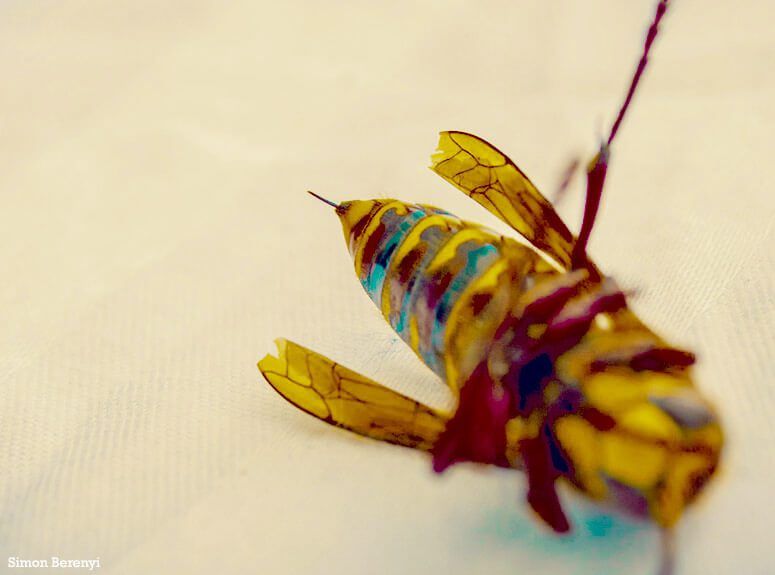10 Foods Wasps Eat
What Do Wasps Eat?
What’s A Wasps Favourite Meal?
Wasps eat many different foods, but here are the top ten foods wasps eat.
- Pollen
- Nectar
- Insects
- Carrion
- Fruit
- Honey
- Tree Sap
- Fermented Fruit Liquids
- Caterpillars
- Spiders
The typical black and yellow wasps we most often encounter and recognise as a stinging pest belong to a group of wasps called paper wasps. This group includes the European Hornet.
Like all living things, wasps eat specific foods. These foods enable wasps to thrive. Liquids and solids will forage foods from various sources, making the adult wasps omnivorous or not restricted to a specific nutritional source.
Paper wasps hunt a wide variety of insect prey, including flying insects (insectivorous) and caterpillars we might also describe as garden pests.
Nature has equipped wasps with a barbless sting, designed to be used multiple times for defence and subduing captured prey. Wasp venom has many different qualities depending on species. You might react differently to the sting of each species, and the UK has ten wasp species ! Understanding how different people react to wasp stings explains why our Bristol wasp control service is sometimes a necessity.
Once the adult wasp locates suitable prey, it grasps and injects the prey with venom. The venom quickly kills or disables caterpillars, spiders, and insects. Then with ruthless efficiency, the victim is dissected and returned to the nest to be fed to larvae.

Wasps will often target flying insects on horses, cattle, flowering plants and even high protein meat products.
Other food sources foraged for by the adult wasps include fruit (frugivorous) and honey (melliferous).
Larvae also feed the adult wasps. This reciprocation is one source of food seen as a critical reason wasps are loyal to the larvae or brood.
When wasps feed the larvae, the larvae reciprocate and feed the adults in a process called trophallaxis. The larvae produce a clear liquid believed to contain amino acids and sugars. The substance is a little like wasp caffeine because maturing nests where adults outnumber larvae, and thus a shortage occurs, seem more aggressive.
As nests mature, the wasps become less dependant on the nest as a source of nutrition. Drunk wasps, disoriented by overconsumption of alcohol-laden fruit juices, are common in late summer and early autumn.
Pollen and nectar are vital to adult wasps. Wasps feed on protein-rich pollen and nectar to maintain themselves. One place this is on display at its most impressive is on late-season Ivy blossom.
Pollen contains up to 61% protein, making it an excellent food source. Wasps also have specialised mouthparts to suck up nectar from suitable flowers and sweet liquids from other sources.
As the food sources begin to dwindle and the last of the larvae pupate to become males and queens, the nest finally becomes dormant and abandoned.
At the start of the year, a single queen would have started the nest with a single egg. The mature nest could have contained 3000 – 50000 wasps by mid-summer, collectively consuming over a million insects. As December weather forces queen wasps into hibernation, all other wasps die.
Wasps truly are a magnificent force of nature with a magnificent appetite to match.
We hope you enjoyed this article.